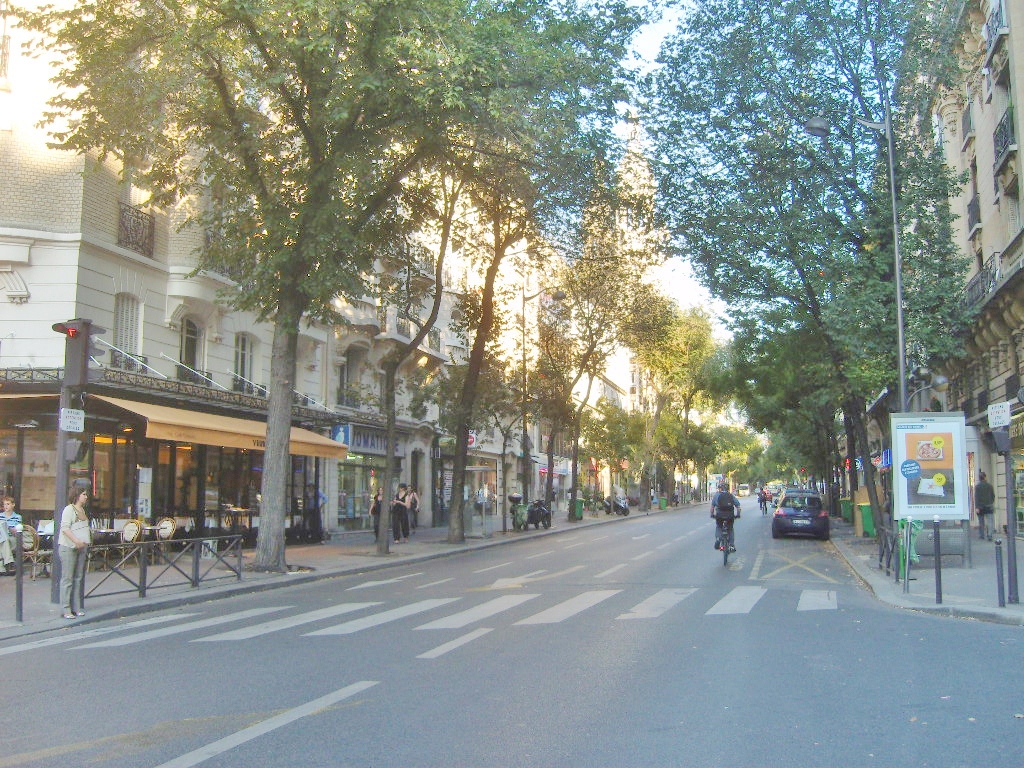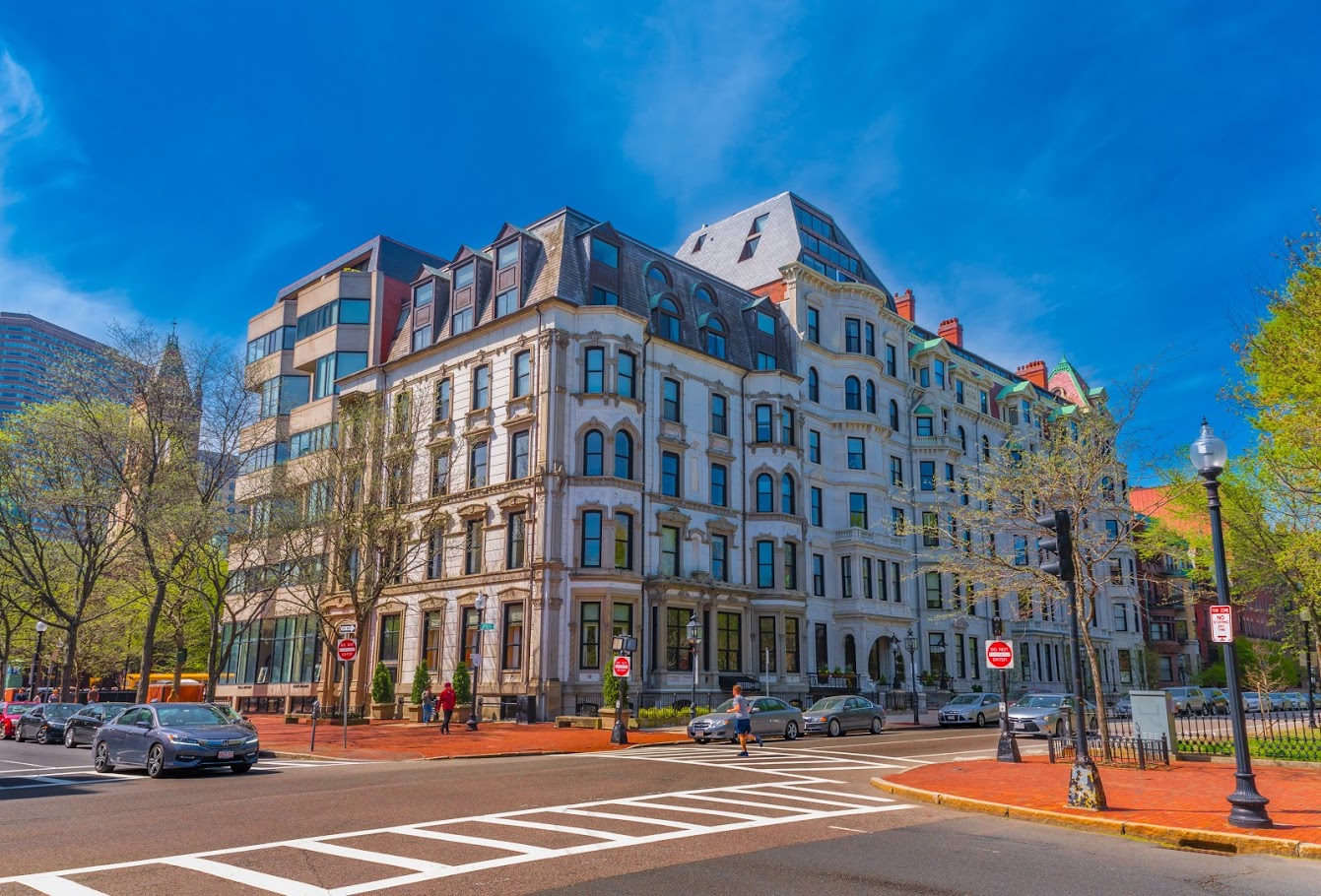Czervik.Construction
Senior Member
- Joined
- Apr 15, 2013
- Messages
- 1,932
- Reaction score
- 1,162
Could be laboratories - lots of HVAC on the roof.
The low rise with the large penthouse is sad.


